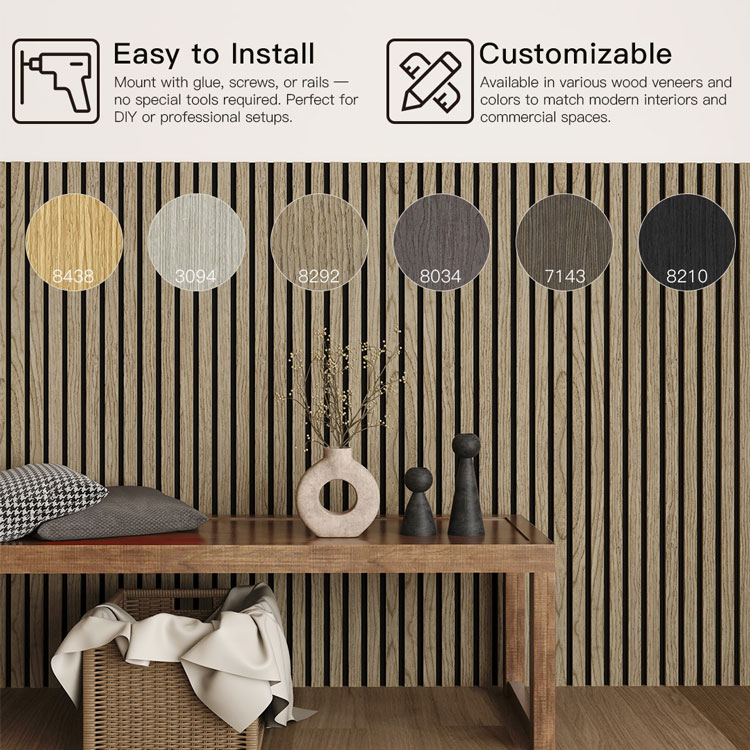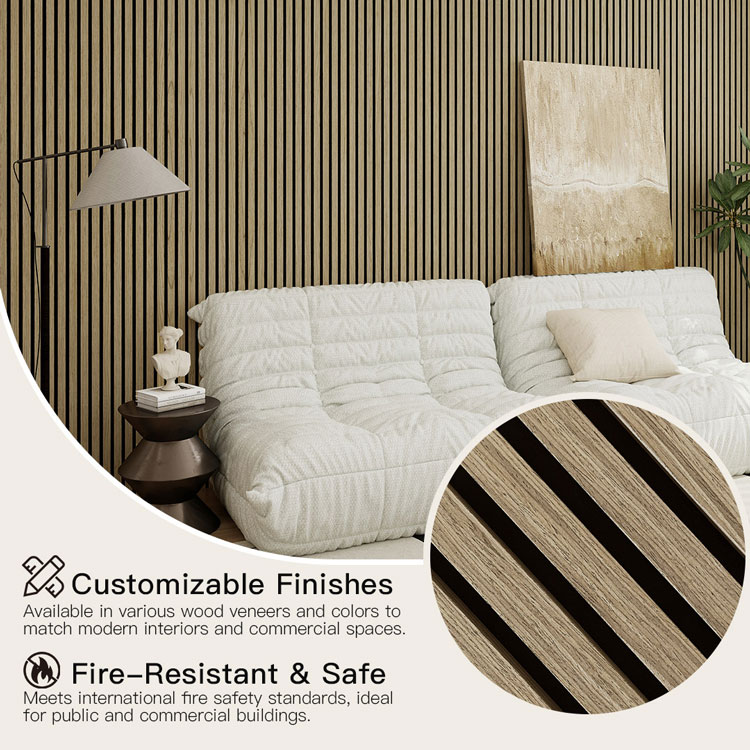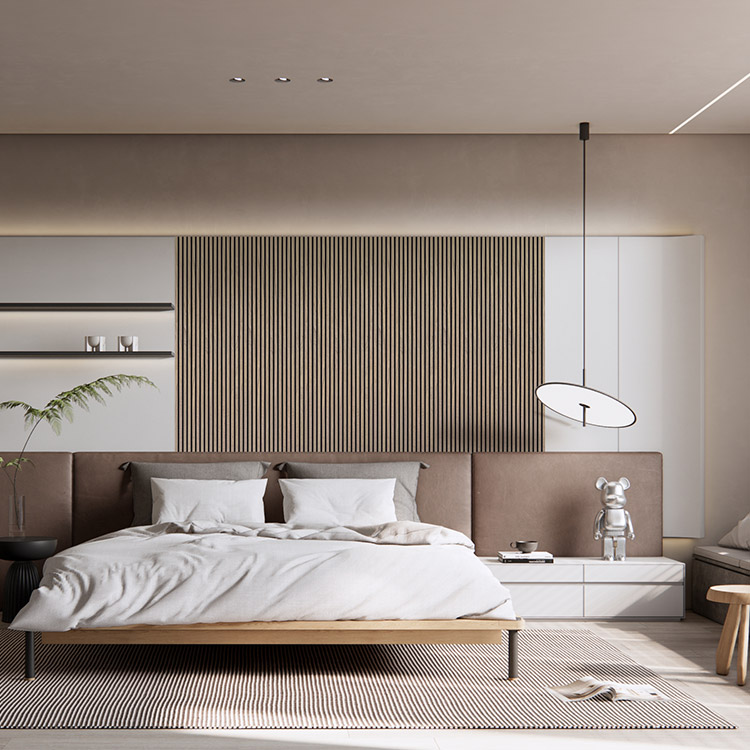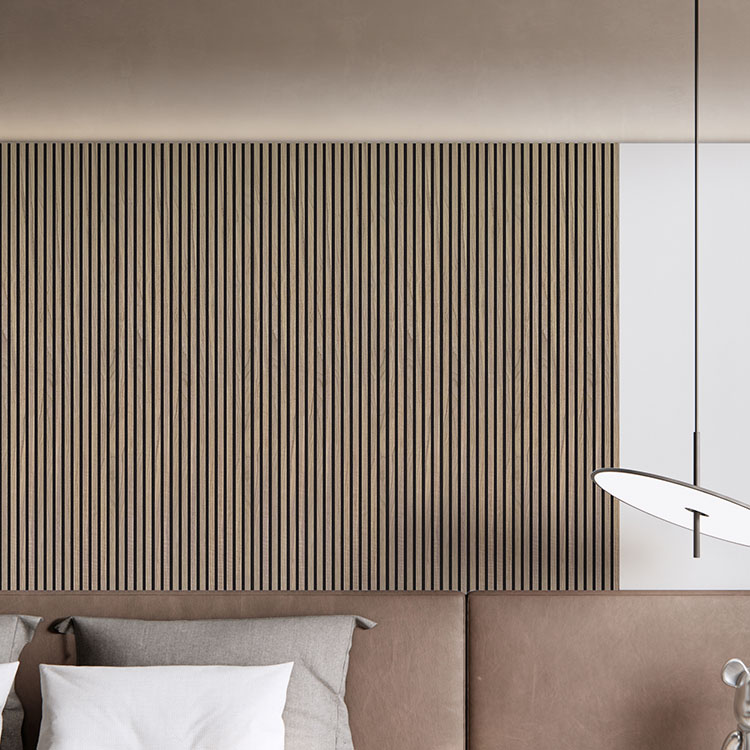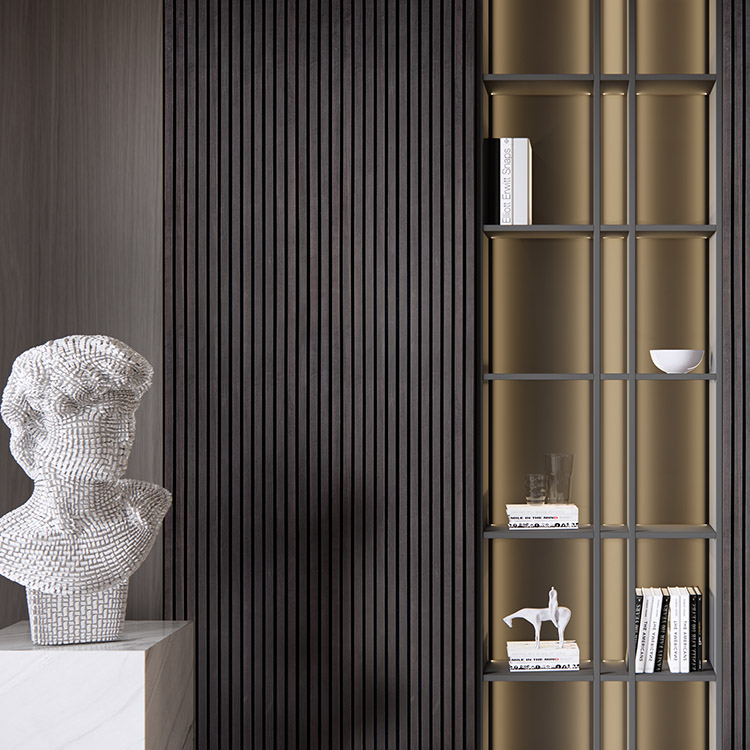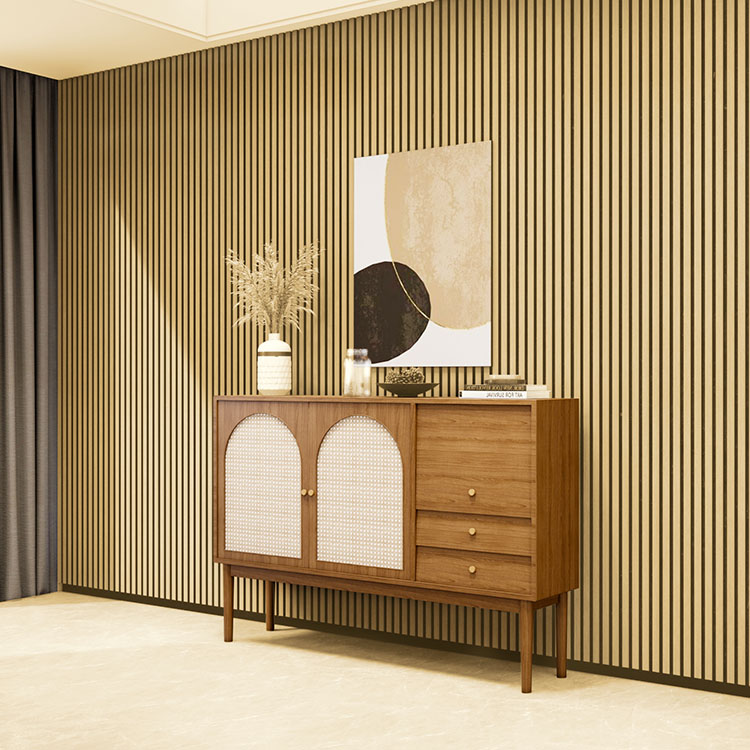A Guide to Choosing the Best Acoustic Panel Materials for Superior Sound Performance
Acoustic panels play a crucial role in managing sound reflections, reducing echo, and improving speech clarity in various environments—from offices and conference rooms to hotels, classrooms, and residential spaces. But one of the most frequently asked questions is:
“What material should I use for acoustic panels?”
Whether you are designing a new commercial space or improving acoustics in a recording studio, choosing the right materials is key to ensuring both performance and aesthetics. In this article, we’ll break down the most effective acoustic panel materials and introduce a professional-grade solution from Guangdong Liyin Acoustics Technology Co., Ltd. (Leeyin)
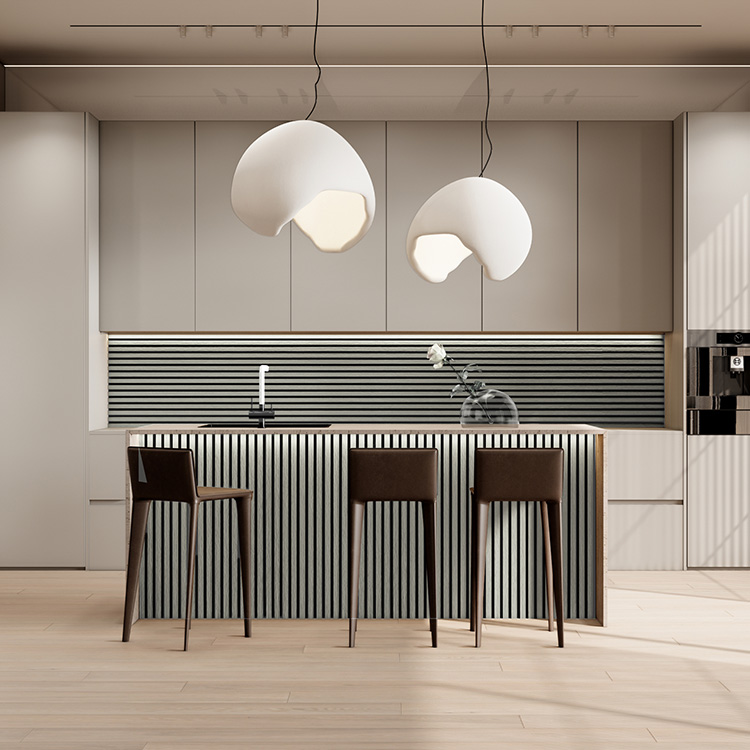
🧱 Common Materials Used in Acoustic Panels
1. Mineral Wool (Rockwool)
Widely used for its excellent sound absorption and fire resistance, mineral wool is one of the top choices for acoustic insulation. It's dense, porous, and ideal for wall-mounted panels and ceiling treatments.
Pros: High NRC (Noise Reduction Coefficient), fire-safe
Use case: Studios, theaters, industrial spaces
2. Fiberglass Insulation
Similar to mineral wool but lighter, fiberglass offers effective acoustic dampening while also being thermally insulating. It must be enclosed in fabric for safety.
Pros: Lightweight, effective absorption
Use case: Offices, schools, conference rooms
3. Acoustic Foam
Often seen in home studios, foam panels come in pyramid or wedge shapes to scatter and absorb mid to high frequencies.
Pros: Lightweight, easy to install
Cons: Limited performance for low frequencies
Use case: Podcasts, gaming setups, small rooms
4. PET Felt (Recycled Polyester Fiber)
An increasingly popular eco-friendly option, PET felt is lightweight, durable, and available in a variety of colors. It is also highly versatile and used in premium wood slat panels.
Pros: Sustainable, customizable, good acoustic performance
Use case: Modern interiors, commercial projects, B2B applications
5. Fabric-Wrapped Panels
Fabric acts as a breathable cover that allows sound to penetrate to the absorbing core (mineral wool or fiberglass). These panels are versatile in design and performance.
Pros: Professional appearance, design flexibility
Use case: Auditoriums, offices, hotels
🌟 Premium Material: Wood Slat Acoustic Panels with PET Backing
At Guangdong Liyin Acoustics Technology Co., Ltd., we specialize in wood slat acoustic panels with PET felt backing—a premium acoustic solution that combines natural aesthetics with high acoustic performance.
Why Choose Our Panels?
-
✅ Made with eco-friendly, fire-rated PET felt
-
✅ Premium MDF or veneer slats for modern wood grain finishes
-
✅ NRC-rated for sound absorption efficiency
-
✅ Easy to install via glue, screws, or mounting systems
-
✅ Perfect for walls and ceilings in commercial interiors
🏭 Backed by World-Class Manufacturing
With 20,000m² of modern production facilities and advanced equipment, Liyin Acoustics stands out as one of China’s top exporters of acoustic and wood slat wall panels.
We Offer:
-
🔧 OEM/ODM acoustic panel solutions
-
🌍 Export to Europe, North America, Southeast Asia, and beyond
-
🛠 Strict quality control according to international standards
-
🧱 Fast production & logistics support for large-scale projects
🧠 Final Thoughts: Match Material to Your Project
Choosing the right material depends on your project’s acoustic goals, budget, and visual requirements. While foam and DIY options may suit basic needs, professional-grade materials like PET felt and engineered wood slats provide superior performance and finish.
If you're seeking high-performance, aesthetically pleasing, and eco-conscious acoustic solutions, Guangdong Liyin Acoustics Technology Co., Ltd. is your trusted partner.
